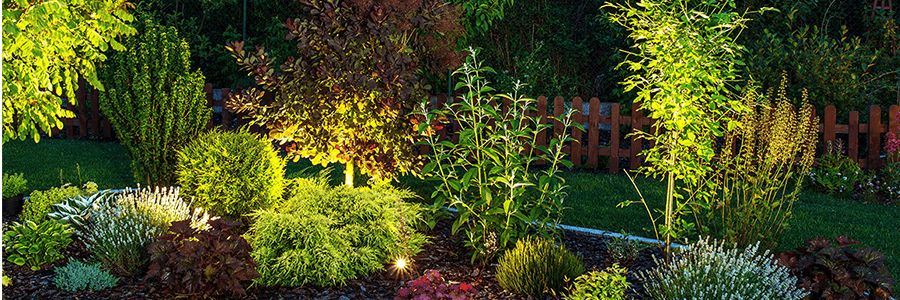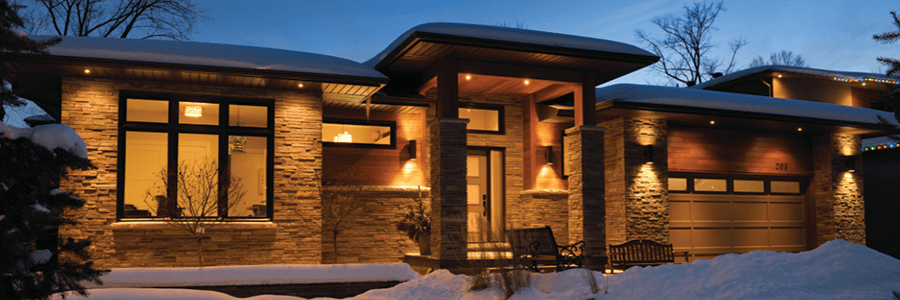Customer Service
April 18, 2019

Don’t let the hard work and money you put into the architectural and landscape designs of your property go to waste; landscape lighting can add the perfect final touches to your residential or commercial property. Lighting the outside of your property to enhance trees, walkways or specific features can add great curb appeal to your home or business. Make sure your home or commercial property is well and beautifully illuminated at night with landscape lighting.
Wondering why we are writing about landscape lighting? After all, it is not news! Landscape lighting has existed for hundreds of years, but it came in different forms: firelight, candles, gas lighting, incandescent, mercury-based metal halide and many other forms. So what’s the new form of 21st-century landscape lighting and how is it changing?
Traditional landscape lighting is a low-voltage lighting system that was used to enhance the look of a property plus add beauty and street appeal to it. Historically, products were a low voltage incandescent source, limited in colour temperature, and adding colour was typically accomplished with coloured lenses.
A major problem with traditional landscape lighting was that bulb life of an incandescent-based system was limited to 2,500 hours. This meant that any landscape system required constant maintenance as bulbs failed regularly. If not maintained, bulb failure diminished the appearance of the property which often offsets the intended effect of landscape lighting. The new LED products, while they cost more money, they consume less energy and live up to 10x longer than incandescent bulbs. Some LEDs have a rated life of 50,000 hours, and due to the small size of LED chips, more output can be packed into traditionally small discreet products.
Today, LED products in the landscape lighting category have given great versatility to the overall aesthetics of feature lighting. Colour-changing products are now more common than ever, and it gives a warming feeling to the outdoors of properties. LED products are available in numerous color temperatures ranging from 2,700K to 5,000K. The introduction of colour-changing LED products enabled owners to enhance feature displays with multiple colors, while in the past, they were limited to the lens color if any color at all. LED landscape lighting can be very simple, such as standard 2,700K temperature with basic controls, or it can be as advanced as a colour-changing display set that dances to music or displays all colours in the rainbow corporate colours. To learn more about LED’s range of temperature and relation to colour, read our LED Buying Guide.


LED landscape lighting products have allowed greater versatility in what we can accent or feature with light. There are 6 major design features that are commonly used:
1. Spotlighting
Using a focused beam of light to enhance specific features such as trees, statues, or signage.
2. Grazing
Using controlled light to enhance textured surfaces on buildings or objects
3. Uplighting
Using flood lighting originating from the ground to feature buildings or structures in colour.
4. Mirroring
Lighting a background scene so that it is mirrored in the nearby body of water
5. Pathway
Using in-ground products or bollards to light and enhance a pathway
6. Water Features
Using light to enhance water features either with or without colour






Customer Service
1.888.467.7626